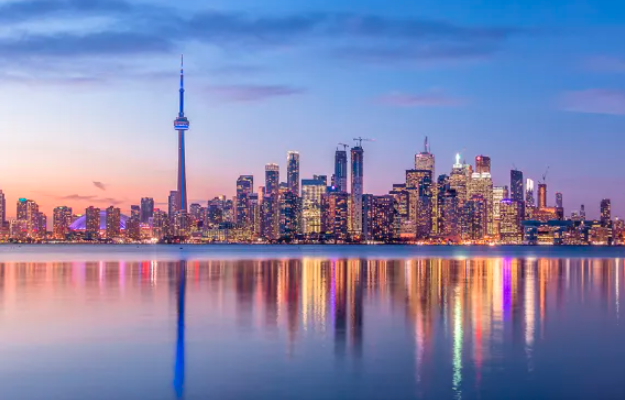
Commercial to Residential Conversions: Meeting Urban Housing Demand
Introduction
Multifamily conversion refers to the conversion of commercial properties into residential buildings, specifically designed for multiple families to reside in. This type of conversion is gaining popularity among property owners and developers, as it provides a unique opportunity to meet the surging demand for urban housing in a creative and cost-effective manner.
Reasons for Commercial to Multifamily Residential Conversion
There are several reasons why a property owner might choose to convert a commercial property into a residential building. One reason is that commercial properties are often located in areas with high demand for housing, such as downtown areas or commercial districts. By converting these properties into residential buildings, property owners can capitalize on this demand and create additional housing units to meet the needs of the community.
Another reason for commercial to multifamily residential conversion is that it can be a cost-effective way to create new housing units. Commercial properties are often less expensive to purchase than residential properties, and they may also have features that make them ideal for residential use, such as large open spaces or high ceilings. By converting these properties into residential buildings, property owners can create new housing units without having to build from scratch, which can be expensive and time-consuming.
Benefits of Commercial to Multifamily Residential Conversion
There are also several benefits to commercial to multifamily residential conversion. One benefit is that it can help to revitalize underutilized commercial areas and bring new life to urban neighborhoods. By creating new residential units in these areas, developers and property owners can attract new residents and businesses to the neighborhood, which can help to spur economic growth and development.
Another benefit of commercial to multifamily residential conversion is that it can help to address the growing demand for affordable housing in urban areas. Many commercial properties are located in areas where housing is in short supply, and by converting these properties into residential buildings, developers can create new affordable housing units for low- and middle-income families.
Factors to Consider in Commercial to Multifamily Residential Conversion
Building Codes and Regulations
However, there are several factors that property owners and developers need to consider when undertaking a commercial to multifamily residential conversion. Building codes and regulations, for example, can be a major hurdle for developers, as residential buildings are subject to different regulations and requirements than commercial properties.
Structural Considerations
Structural considerations are also an important factor in commercial to multifamily residential conversion. Commercial properties may not be designed to support the weight and load-bearing requirements of residential buildings, and developers may need to make significant structural changes to the building in order to bring it up to code.
Zoning Requirements
Zoning requirements are another important consideration, as residential buildings are often subject to different zoning requirements than commercial properties. Developers may need to apply for a zoning variance or special permit in order to convert a commercial property into a residential building.
Plumbing and Electrical Systems
Plumbing and electrical systems are also an important consideration, as residential buildings require different plumbing and electrical systems than commercial properties. Developers may need to install new systems or make significant upgrades to existing systems in order to meet residential building codes and regulations.
HVAC Systems
HVAC systems are another important consideration, as residential buildings require different heating and cooling systems than commercial properties. Developers may need to install new HVAC systems or make significant upgrades to existing systems in order to meet residential building codes and regulations.
Accessibility and Safety
Accessibility and safety are also important considerations in commercial to multifamily residential conversion. Residential buildings must be accessible to individuals with disabilities and must meet strict safety requirements, such as fire safety codes and regulations.
Environmental Concerns
Finally, environmental concerns are an important consideration in commercial to multifamily residential conversion. Developers must be mindful of the environmental impact of their conversion projects and must take steps to minimize the impact on the environment.
Conclusion
In conclusion, commercial to multifamily residential conversion can be a cost-effective and creative way to meet the growing demand for housing in urban areas. However, developers and property owners must be mindful of the many factors that go into such conversions, including building codes and regulations, structural considerations, zoning requirements, plumbing and electrical systems, HVAC systems, accessibility and safety, and environmental concerns. By carefully considering these factors and working with experienced professionals, developers, and property owners can successfully convert commercial properties into multifamily residential buildings that meet the needs of the community while complying with all applicable laws and regulations.






